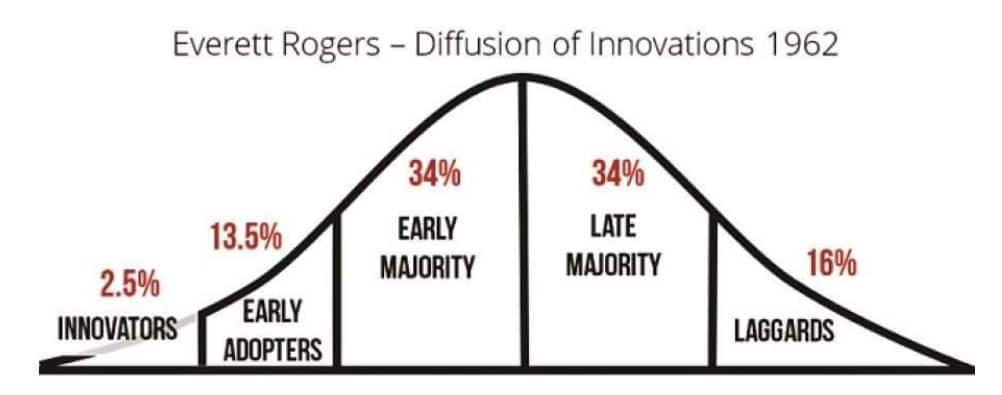COPENHAGEN, DENMARK — In a research collaboration, the Technical University of Denmark (DTU) and Rigshospitalet are developing new technologies for patients who are deaf or have severe hearing loss to improve the way signals from their hearing implant are converted by the brain.
Using virtual experiences, the researchers will, among other things, simulate the way sounds appear and mix with each other in reality.
“Engineers are crucial to the development of current and future technology,” says Senior Physician, Associate Professor and Head of the Copenhagen Hearing and Balance Centre (CHBC) at Rigshospitalet, Mads Klokker. Treatment and research into hearing and balance diseases is based on a collaboration between DTU, the University of Copenhagen, patient associations, and the Capital Region of Denmark. Among other things, DTU is helping to develop 3D-printed models for training temple surgery.
“Here we bridge the gap between clinical treatment in the hospital world and world-leading medical research. The clinicians at CHBC have established a long-term collaboration with researchers and engineers from DTU Hearing Systems”
–Mads Klokker
Virtual hearing rehabilitation
One of the first researchers hired when the centre was established was Abigail Anne Kressner, a PhD from the Georgia Institute of Technology and assistant professor at DTU. The position is now divided 50-50 between Rigshospitalet and DTU.
In her latest project, Abigail Anne Kressner focuses on the rehabilitation of patients with cochlear implants.
“The cochlear implant sends the sound directly into the auditory nerve, bypassing the part of the ear that is not functioning normally. That’s why the brain gets a new kind of signal, which it must learn to perceive and interpret as sound. It takes training. And there’s a big difference between the perception of sound under controlled conditions in a laboratory or clinic, and the way sounds appear and interfere with each other in reality. Therefore, we want to build virtual experiences that are similar to real-life sound environments.”
–Abigail Anne Kressner
It is a particular challenge for people with hearing aids or implants to locate sounds in noisy environments, so doctors, audiologists, and engineers are working together both to develop testing facilities that allow for a better understanding of hearing in the environment and to find workable solutions.
In this context, solutions can be new tools for better rehabilitation or methods to provide better individualized adaptation to spatial perception.
**Read the full story on the DTU website here.
Source: DTU







